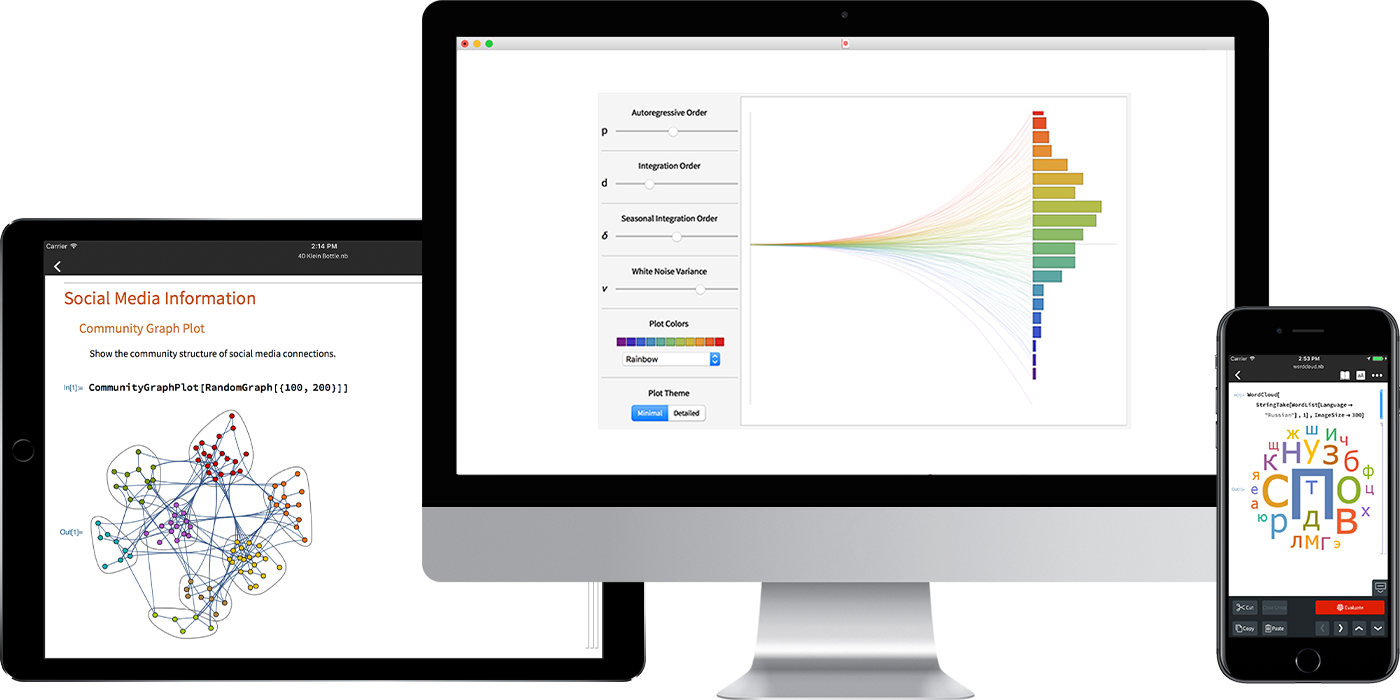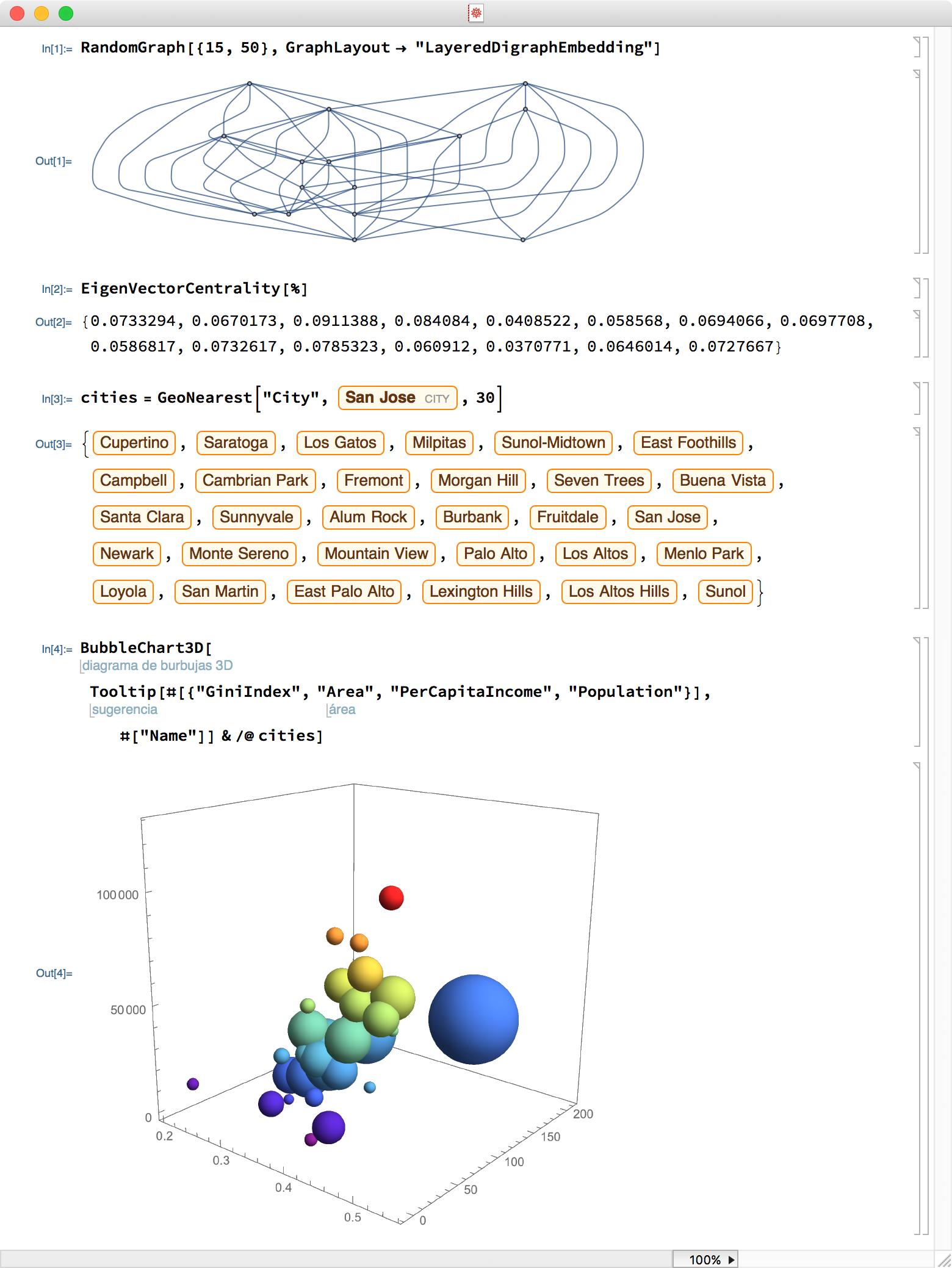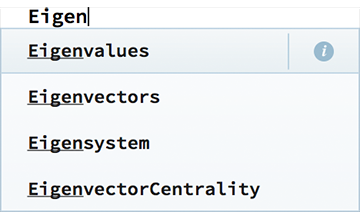Wolfram Notebooks
Giving ideas a broad communication pipeline—accelerating research, education and technical development

Wolfram Notebooks offer the preeminent environment for any technical workflows—data science, modeling, research and education—empowering users with literate programming, easy-to-author interactivity and universal deployment across all platforms.
Carefully designed to leverage familiar word-processing metaphors, Wolfram Notebooks are uniquely powerful interactive documents that support live computation, arbitrary dynamic interfaces, full typeset input, image input, automatic code annotation, a complete high-level programmatic interface and, in all, thousands of carefully organized functions and options. Wolfram pioneered the notebook in 1988 and has led innovation on the concept ever since; the notebook has now been widely adopted as the new paradigm for technical discourse and collaboration.
Wolfram Notebook Resources
Get immediate access to Wolfram Notebooks in the cloud and learn more about how to get started.
Wolfram Cloud »
Start using Wolfram Notebooks free online right now.
Presenter Tools »
New features for making great interactive presentations.
Documentation »
An introduction to the basic aspects of Wolfram Notebooks.
Wolfram U »
Get a quick video introduction to notebooks.
Mobile Player »
Work on the go with your devices and the new iOS app.
Demonstrations »
Over 11,000 ideas brought to life from education, research and industry.
How Wolfram Notebooks Work
Generate results right away with interactive coding, natural language queries and expansive documentation—no programming experience required.

Input
Output
Shift+Enter evaluates input
% refers to the most recent output
Typing a function name
generates suggestions

Hovering over a function name gives
a
summary or
documentation
Interactive 3D rotation
Input and output are
organized in "cells"
Entities are fully computable
Ctrl+= enables free-form input

The Wolfram Language
automatically interprets it.

Code captions translate
function names
Features of Wolfram Notebooks
Mix text, graphics, interfaces, etc. with live code on desktop, web or mobile devices.
Cell opener shows
section contents
Standard narrative text
Built-in graphics with
high-level styling options
Code can be edited and
rerun at any time
Structured data import for
a broad range of file types
Instant visualizations
with multiple datasets
Runnable code using
special characters
Cell brackets show
document structure
Closed cell hides code
for a cleaner workflow
Inline code descriptions
Built-in knowledge ready
for immediate computation
Interactive maps for
easy data interpretations
Mathematical typesetting
for optimal display
Real-time manipulation
with multiple parameters